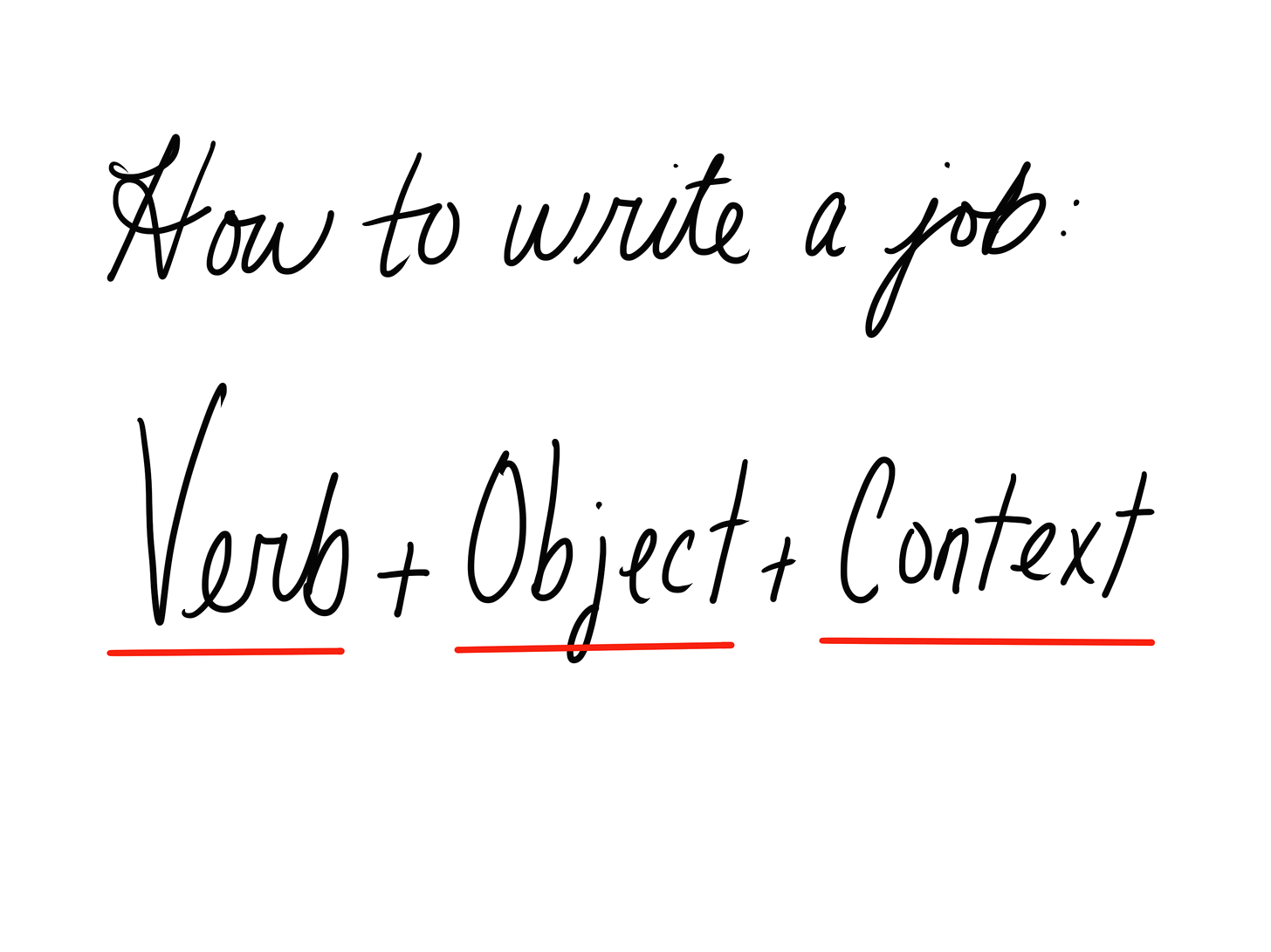Ironically, when talking to prospects and clients, I try to avoid the words “financial planning.” The term is imprecise and vague. It oversimplifies the depth and breadth of my work, and most clients and prospects don’t know what I’m talking about anyway.
When I hear other advisors use the term “financial planning,” I find my knee-jerk reaction is to question the value proposition. That’s because I’m used to seeing a bunch of generic Monte Carlo simulations with mediocre data masquerading as “planning.” And, of course, everyone claims to do real financial planning at their firm.
Sadly, the general mediocrity of services rendered has ruined the term for any of you who are actually delivering something of value to your clients. Service providers with varying levels of competency, niche focus, and education are all lumped together. And because the term is used broadly and inconsistently, clients and prospects are often unclear about the value proposition, thus decreasing their motivation to engage.
What’s an alternative approach? How do you differentiate from the pack?
It starts with simply describing to clients and prospects the tangible “jobs” that you do. You can then package these jobs in a way that turns something intangible and unclear (“financial planning”) into a service that’s concrete and of measurable value––one which motivates action.
In my experience, this approach increases the sales conversion rate, supports a higher fee schedule, and helps you serve more clients efficiently.
Anthony Ulwick (Strategyn Consulting) and Clayton Christensen (Harvard) have written extensively about functional jobs and emotional jobs that businesses do for their customers.
Following their framework has helped me to better describe my value to clients, and to discover the jobs that specific types of customers value most (whether it’s dentists or tech employees in Silicon Valley).
Here’s how it works. You’ll want to practice describing jobs by using 1) a concrete job statement, and 2) a desired outcome statement related to that job. For example, here’s a job statement:
Examine qualified retirement accounts for suitability and contributions
When writing job statements, I want to keep them very consistent, so I follow the same format:
verb + object of the verb (noun) + contextual clarifier
“Examine (verb) qualified retirement accounts (object; a noun) for suitability and contributions (contextual qualifier)”

I recommend you practice writing a few of these out. After you’ve done a few, it will start to feel pretty simple.
Next, let’s go over the “desired outcome” statement. I like to describe a job to a prospect or client and then ask them, “Hey, on a scale of 1 – 10, how important is this job to you? What would you hope to accomplish if you hired me to do this job? In other words, what’s the point of having me do that job for you?”
Then, I document these responses as the client’s “desired outcome.” It’s been fascinating to learn how many different client benefits there are to some of the jobs we do as advisors. Continuing with the qualified account example, the client or prospect might say:
• I want to get the most tax benefits I can from my retirement plan contributions, or
• I want to maximize the match I get from my accounts, or
• I want to make sure I max out my contributions every year and don’t miss anything
Similar to the job statement, when I’m writing a desired outcome statement, I follow a consistent format:
A direction of improvement + a performance metric (usually time or likelihood) + an object of control (the desired outcome) + a contextual clarifier (describing the context in which the outcome is desired)
Here are the above client desired outcomes, restructured per the above formula:
• Maximize the tax benefits I receive from qualified plan contributions
• Maximize the match I receive from my plan at work
• Maximize the annual contributions I make towards my retirement plans
Your practice will transform as you learn to more clearly describe the jobs you do for your clients. Advisors are such an important part of a client’s financial health, but they don’t always get credit for the work they do.
If you can identify the primary jobs your customers want to get done and prepare a roadmap or other visual to help them see all of the functional and emotional jobs you will perform for them, you’ll see an increase in sales conversion rates, higher advisor fees (AUM and fixed fees), and increased efficiency. All this leads to happier clients and a more profitable bottom line.
Subscribe to Reese Harper’s Substack here!
_________________________________
Credit for this methodology goes to Ulwick’s book, Jobs to Be Done, and many of Clayton Christensen’s articles at HBR. These two are really innovators in the space of understanding emotional and functional jobs.

